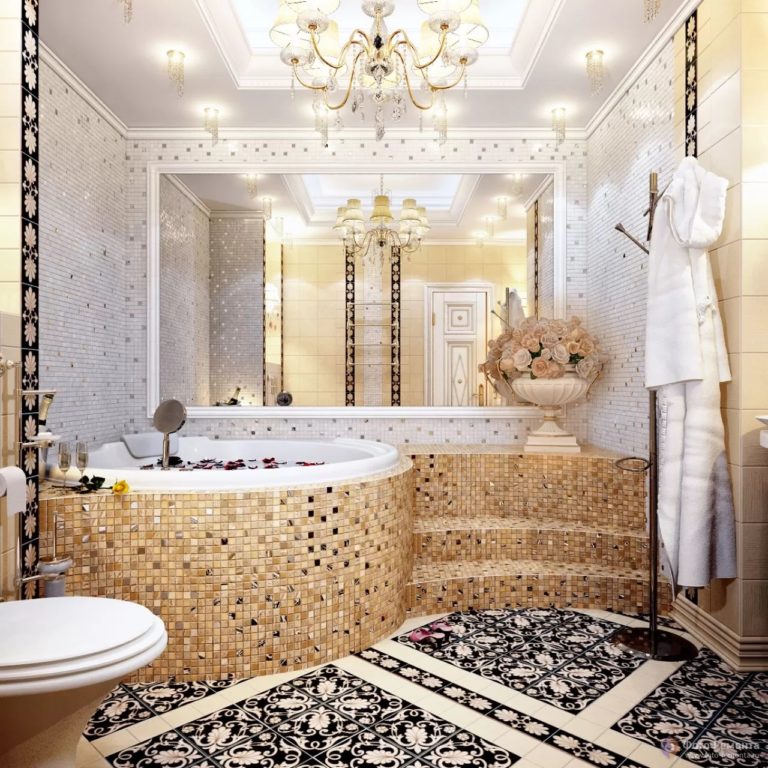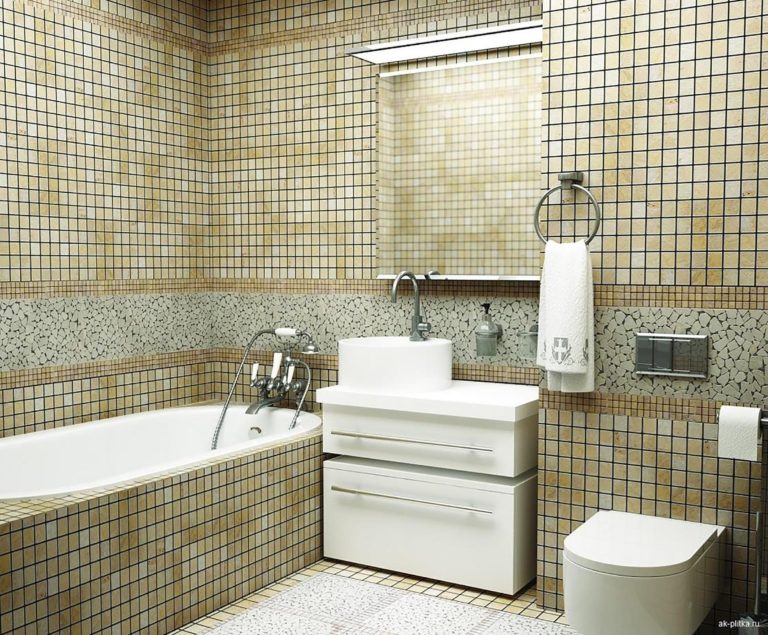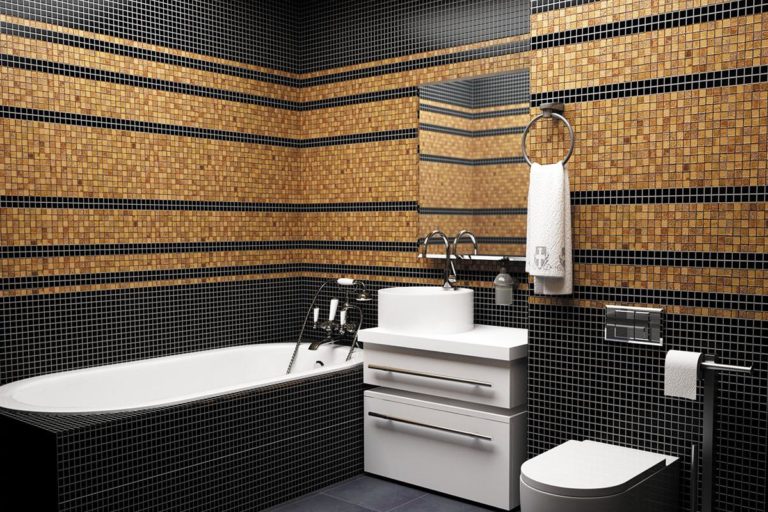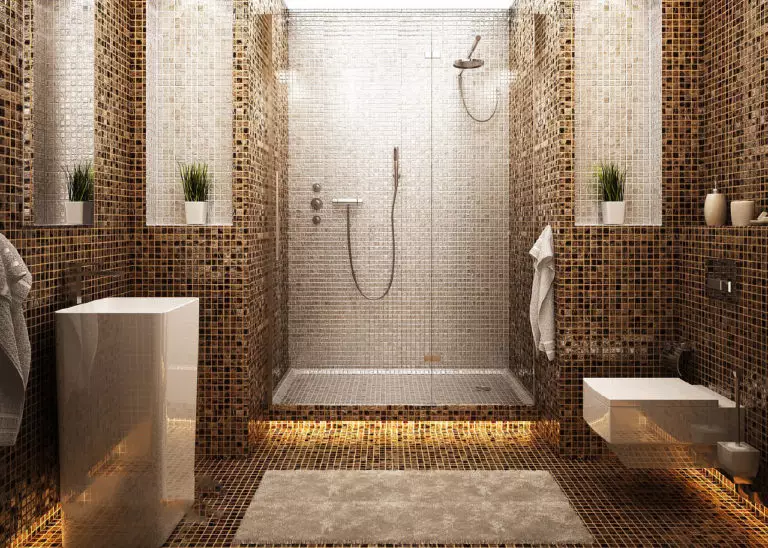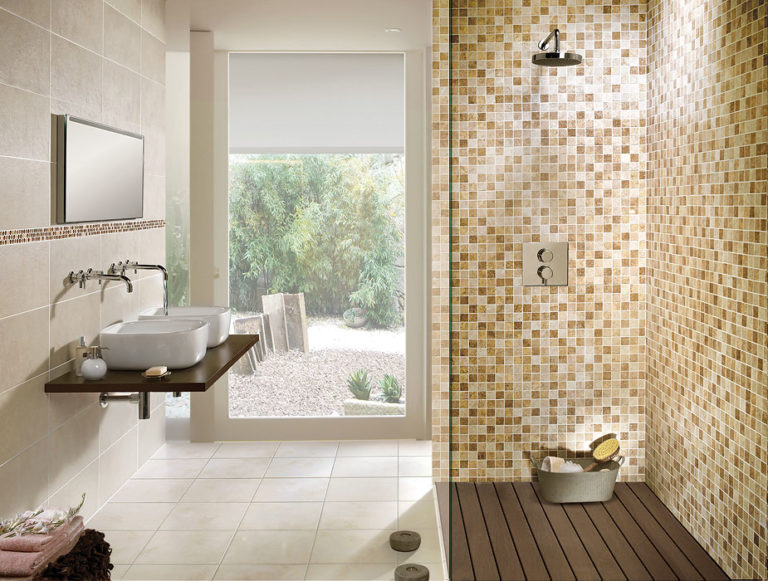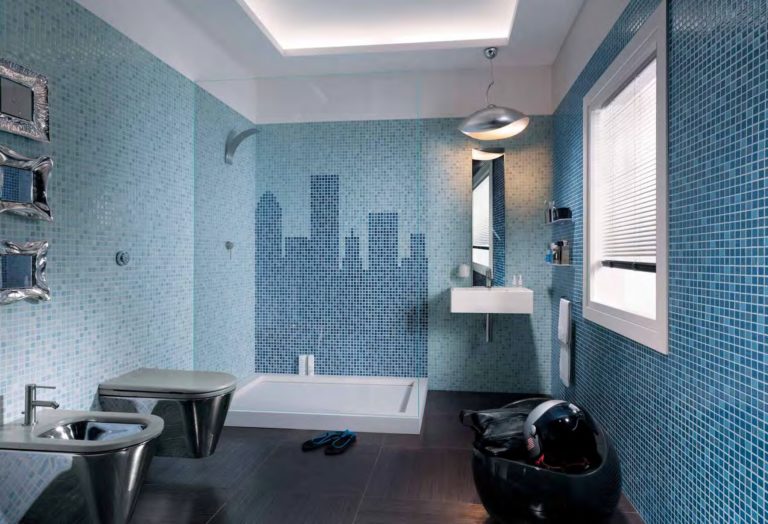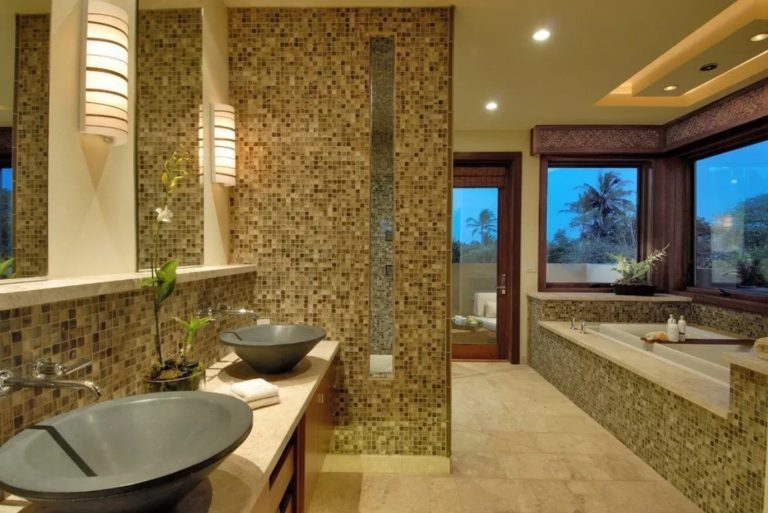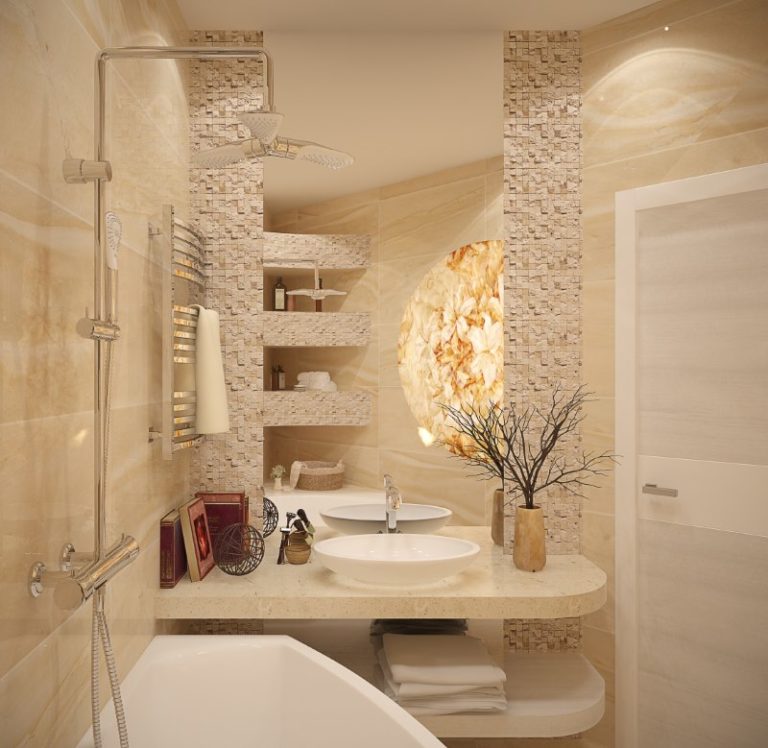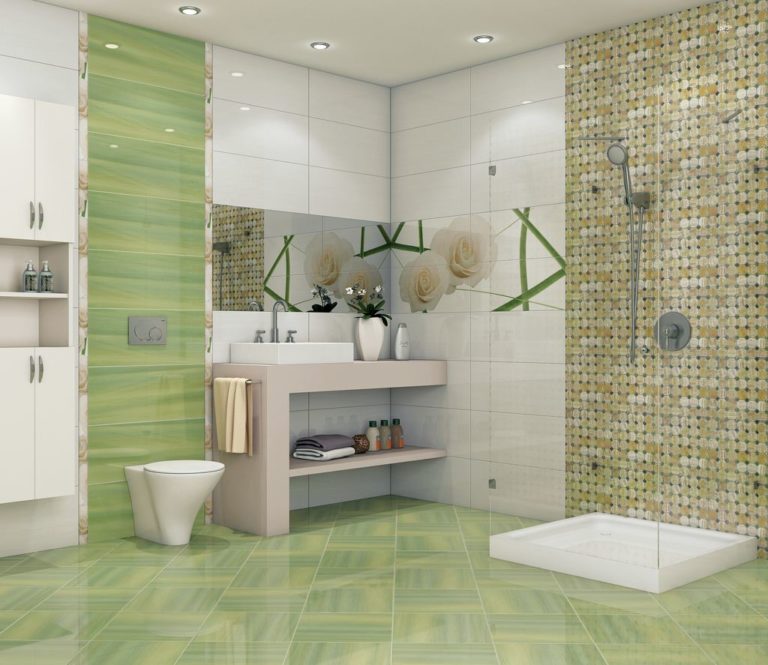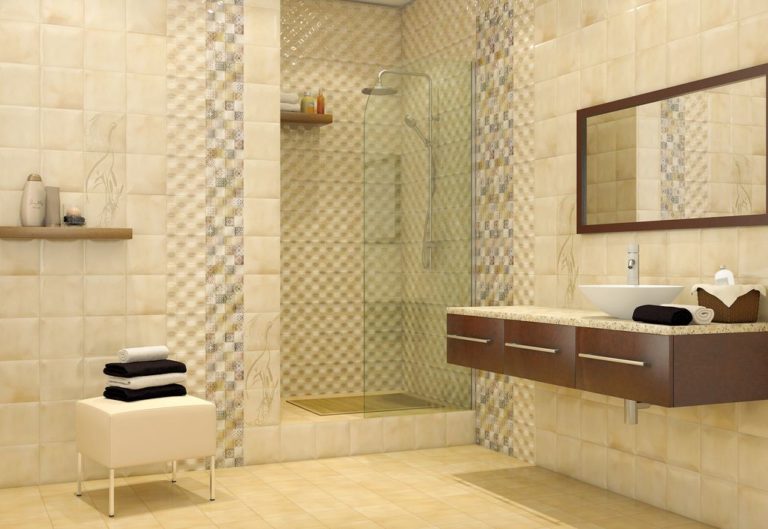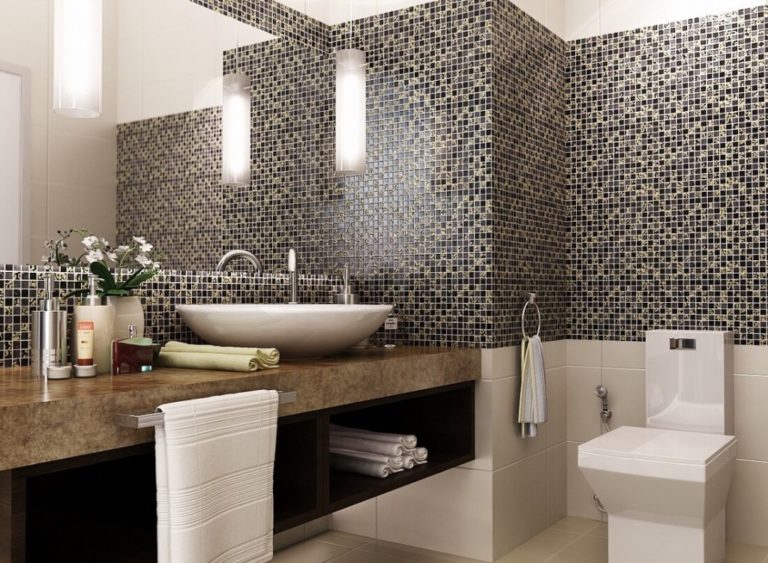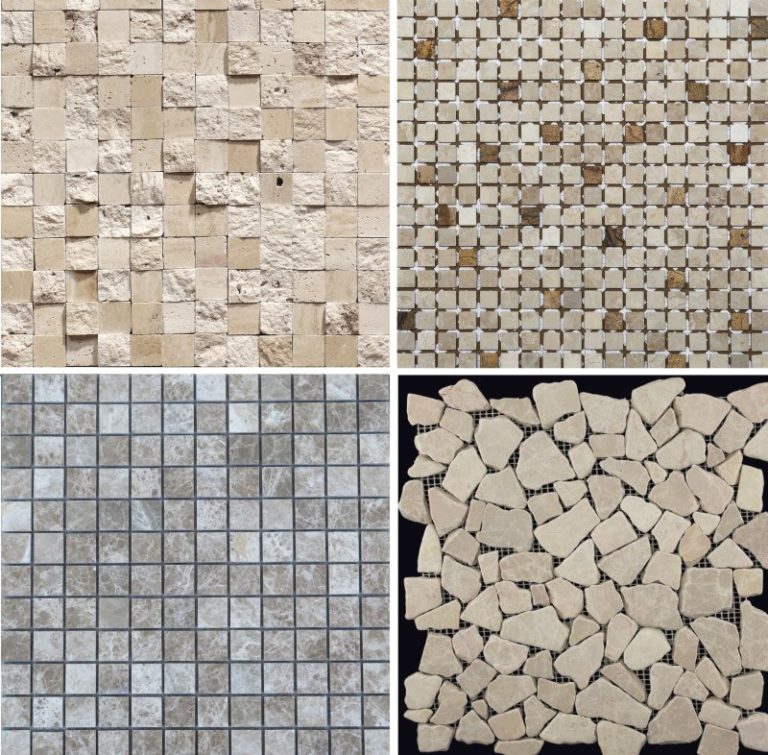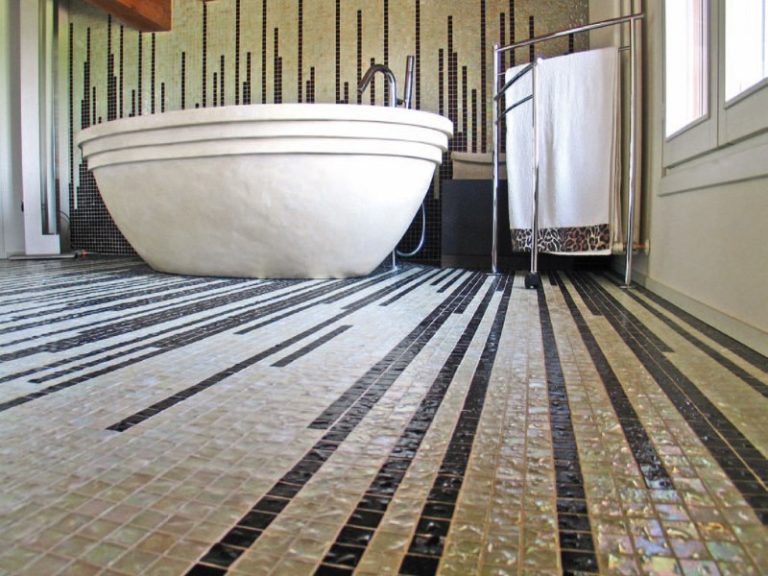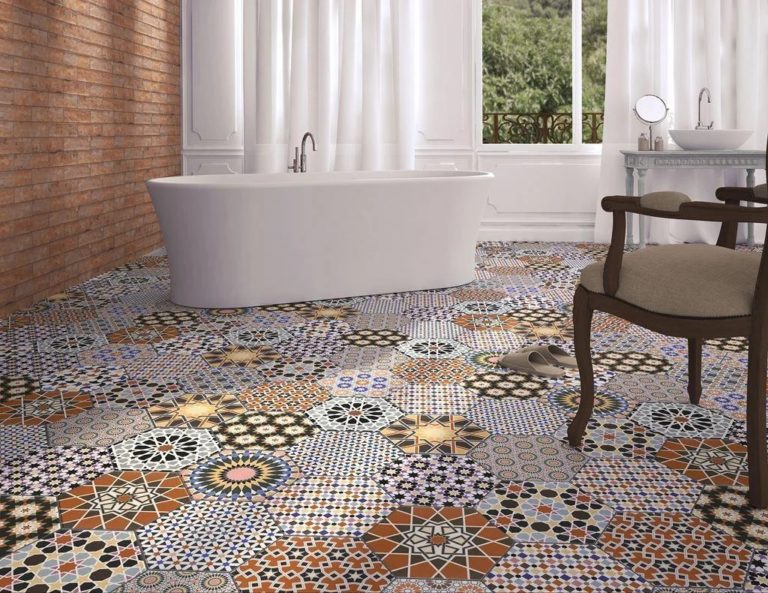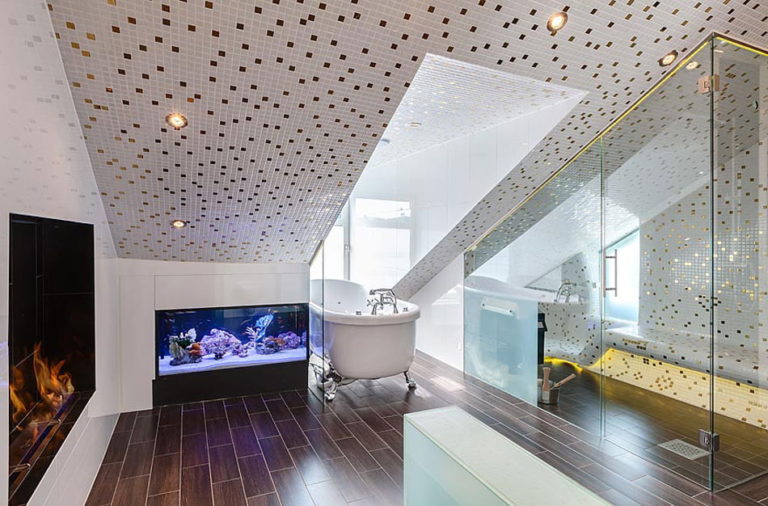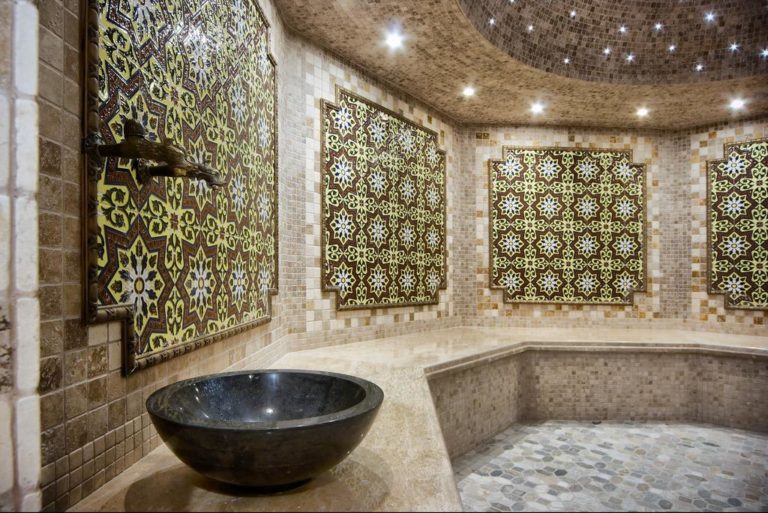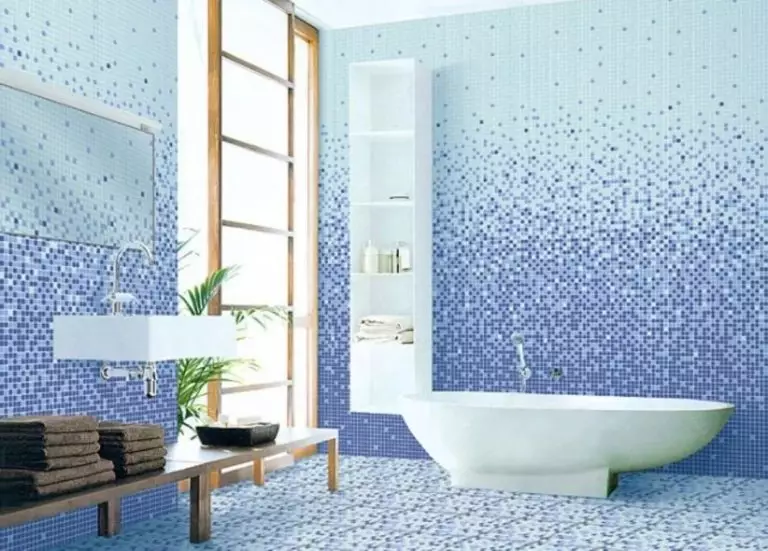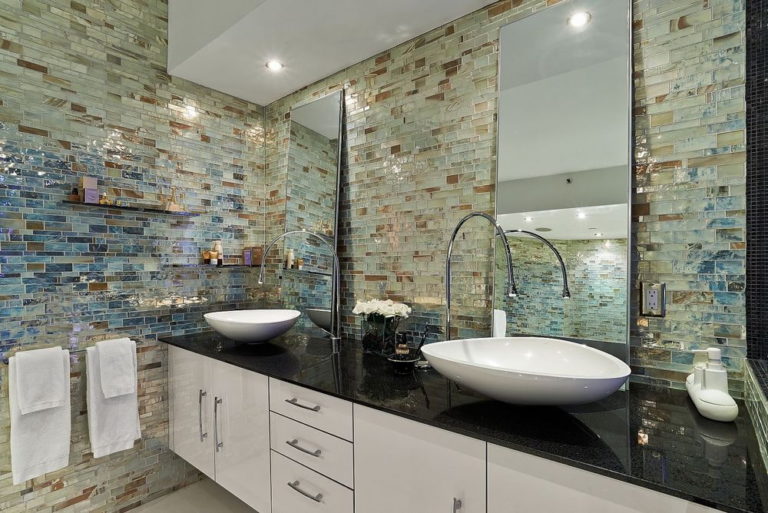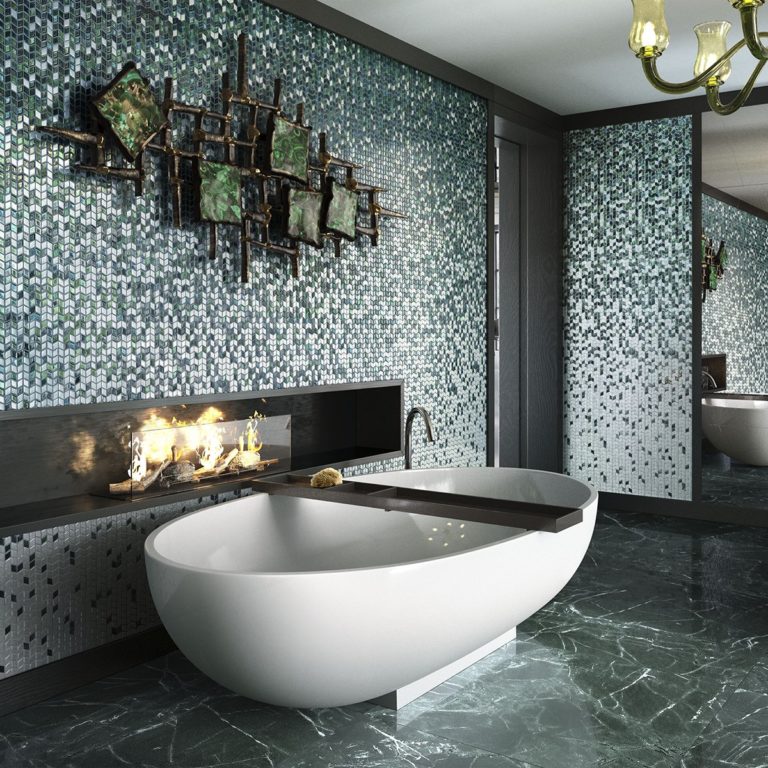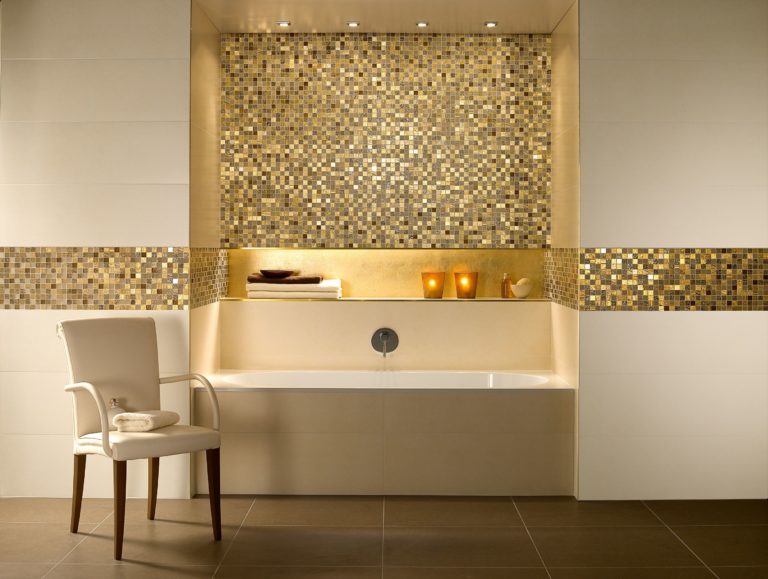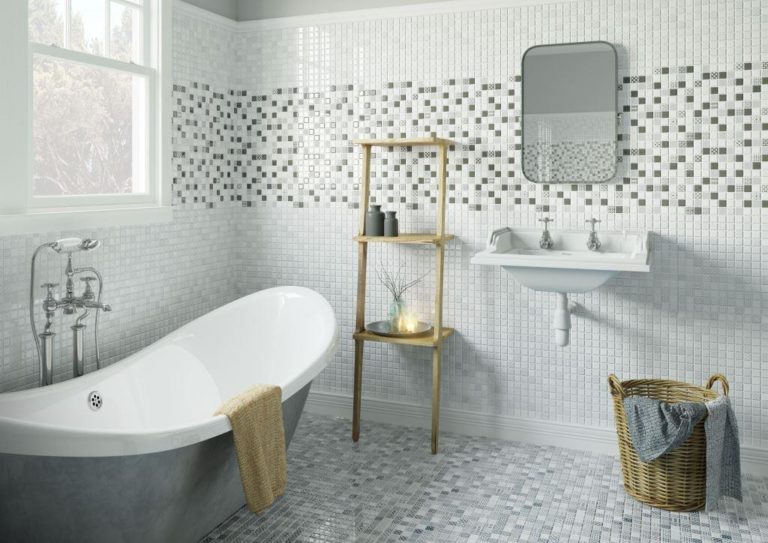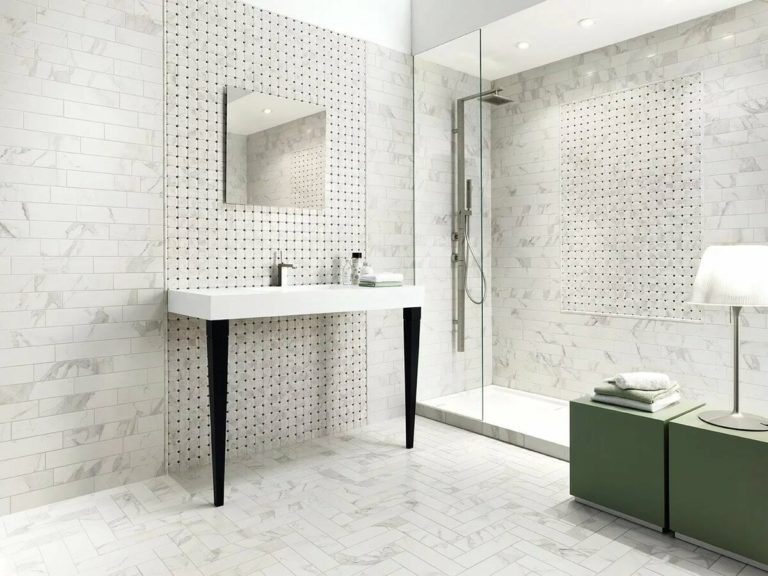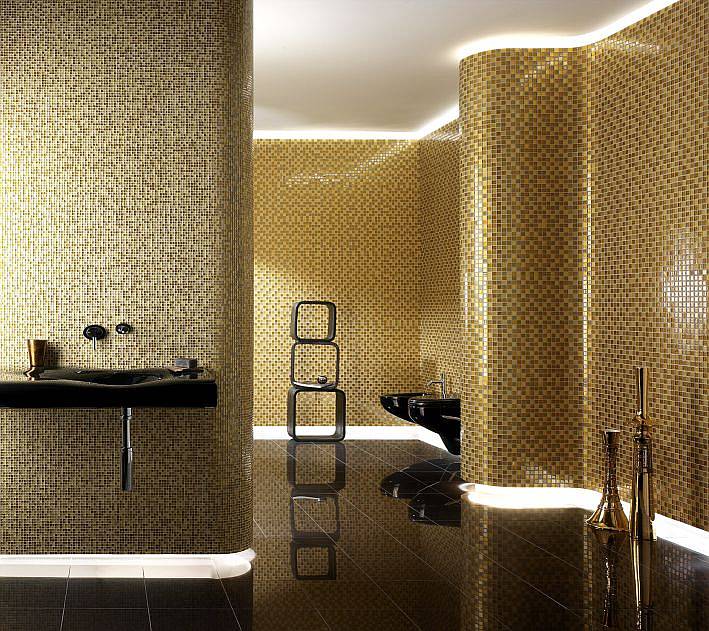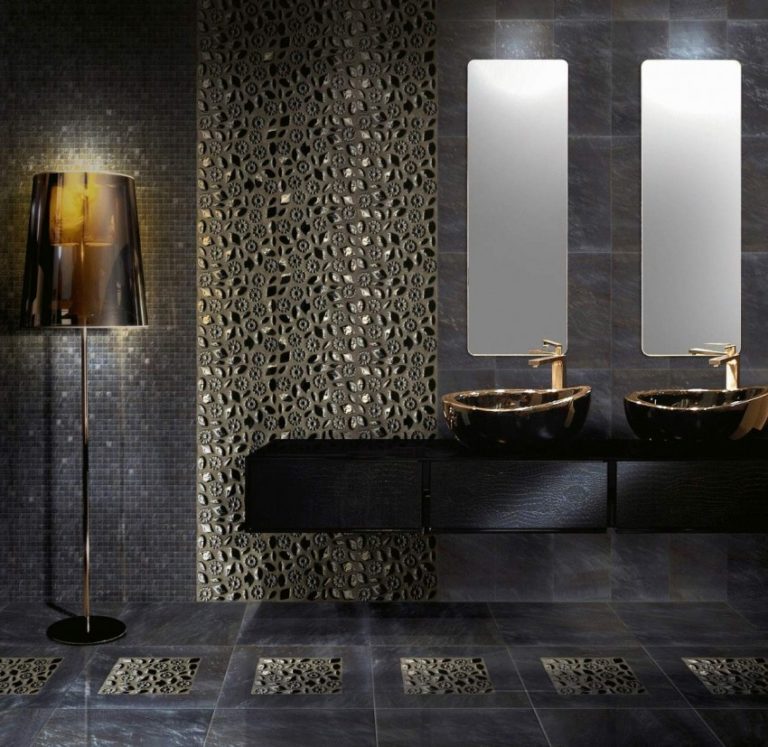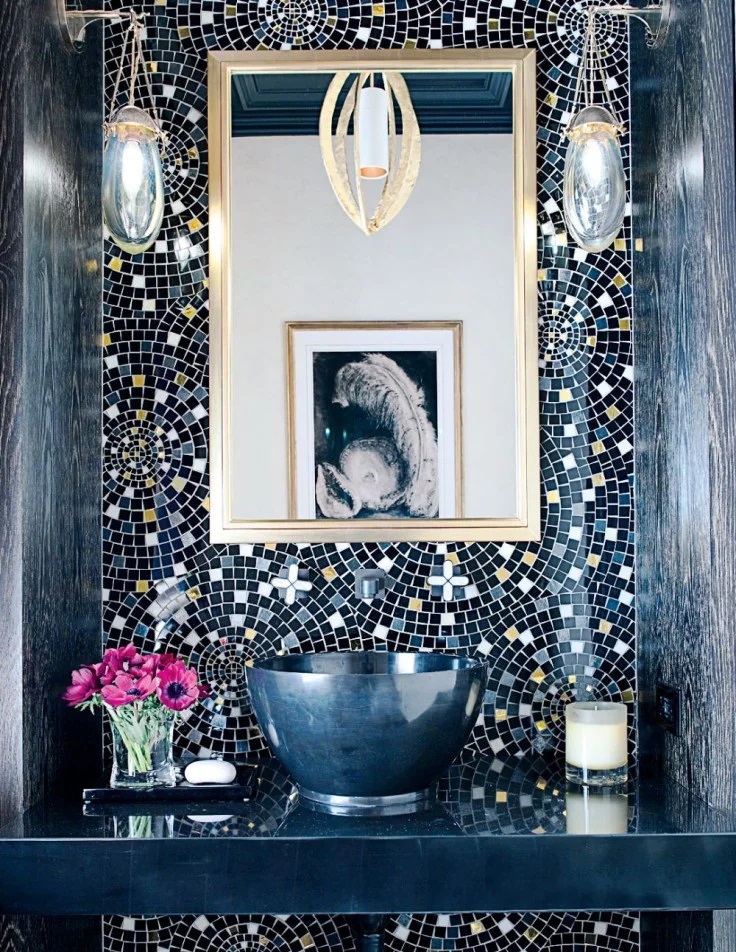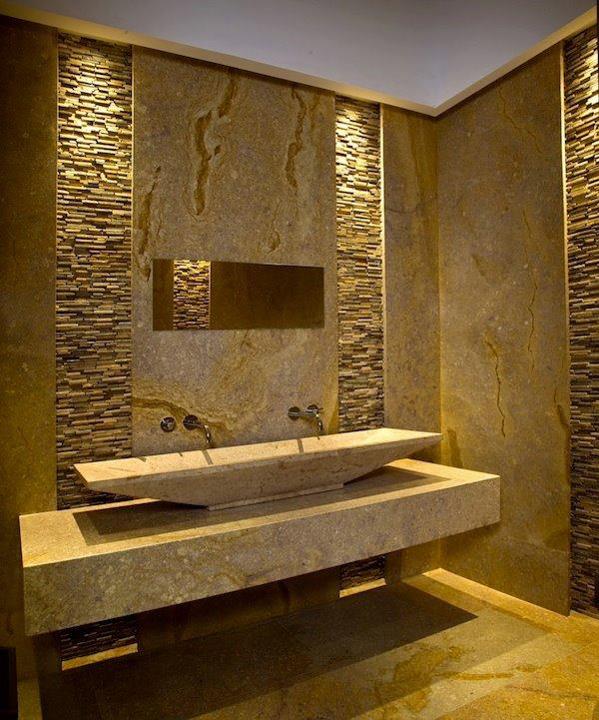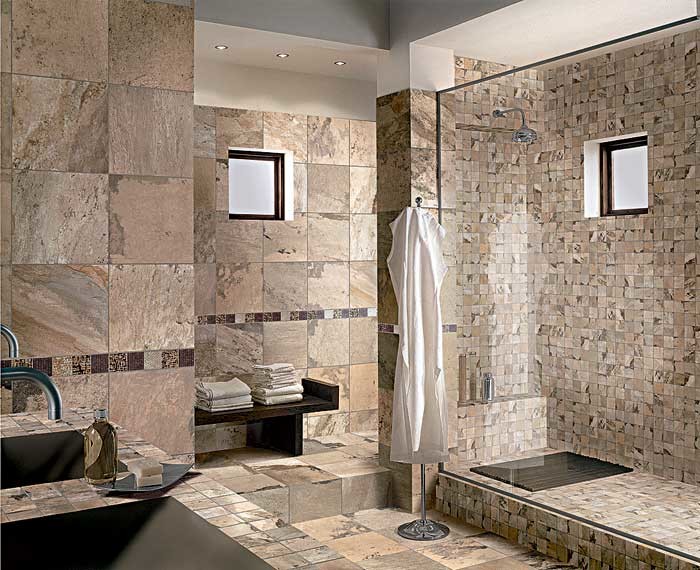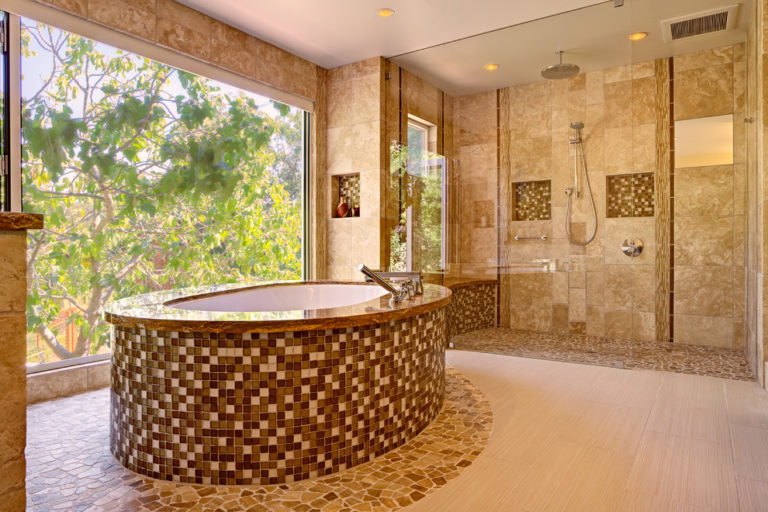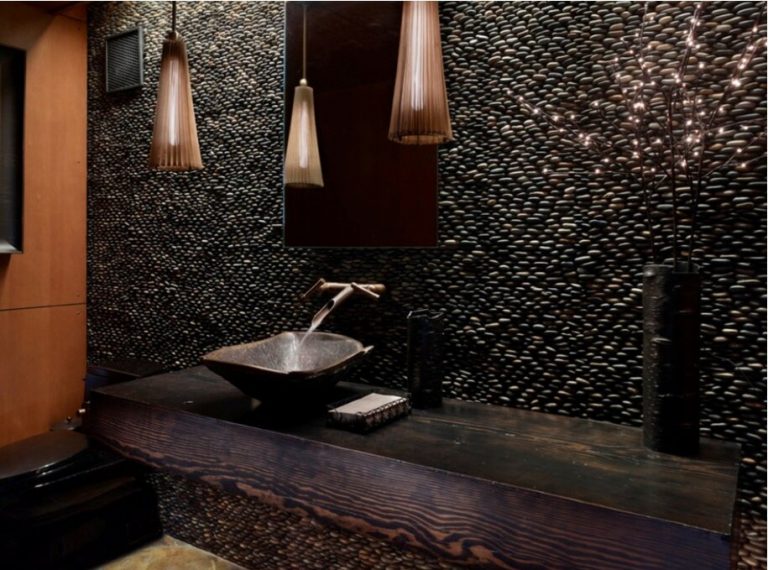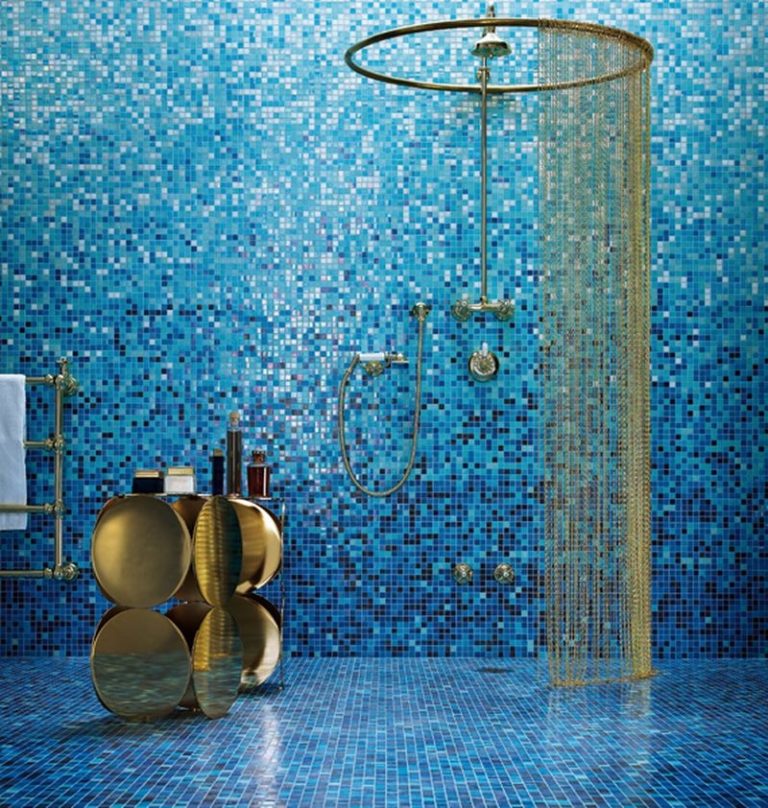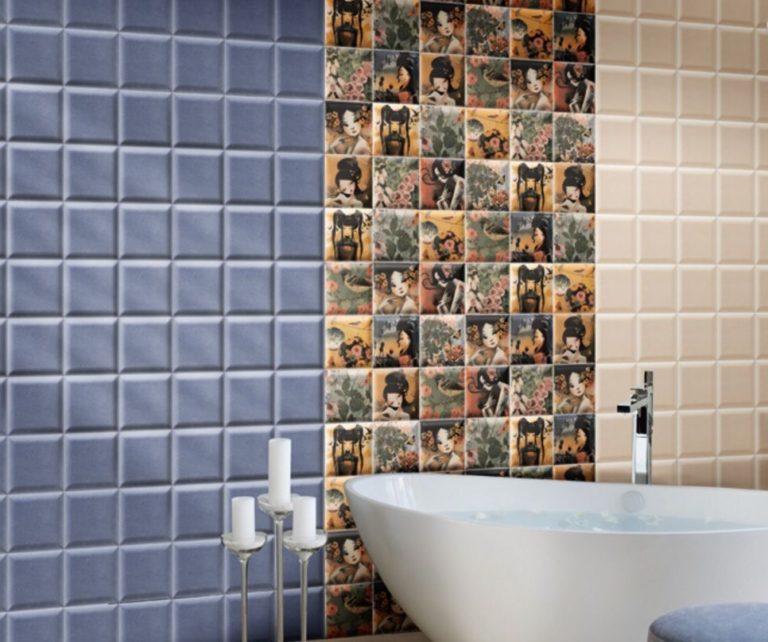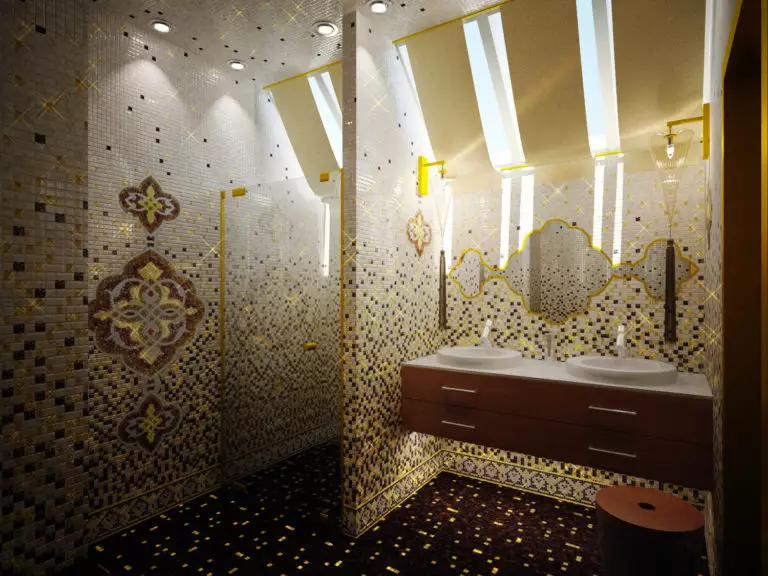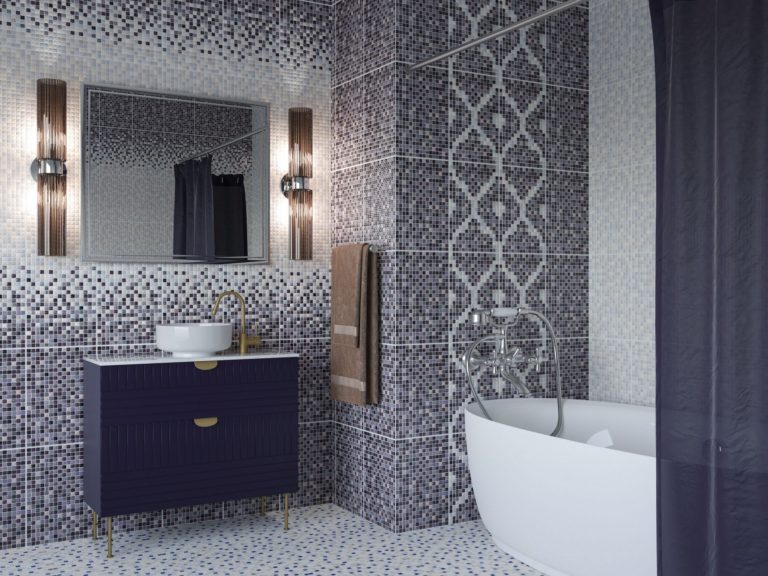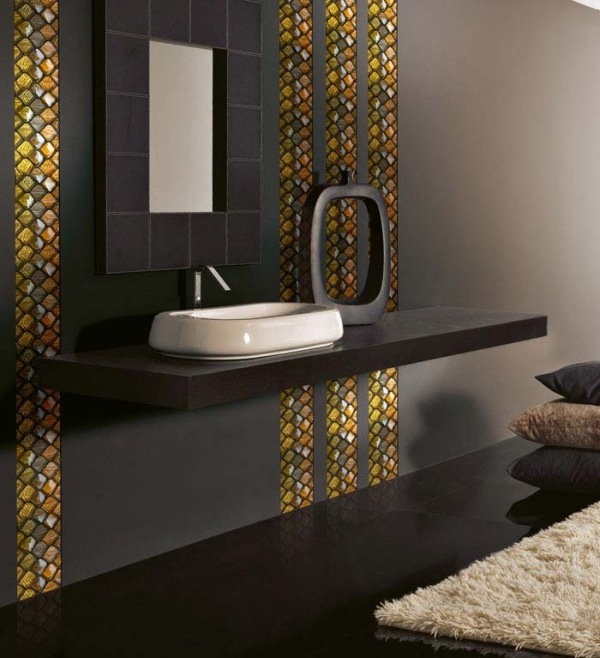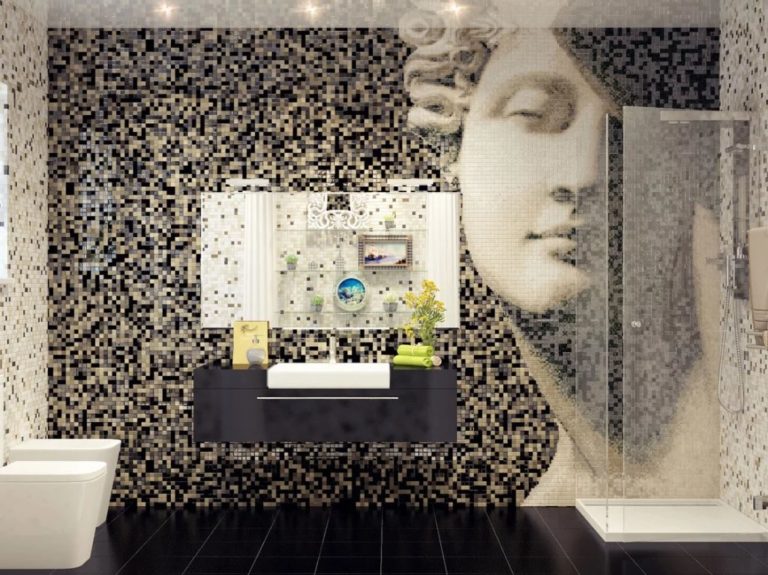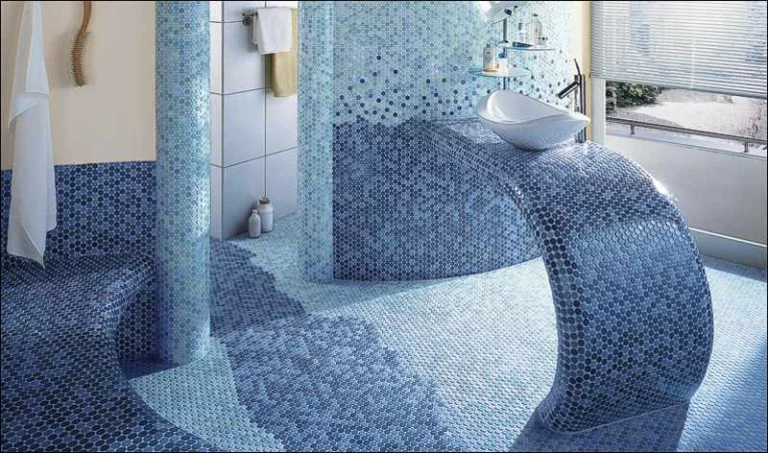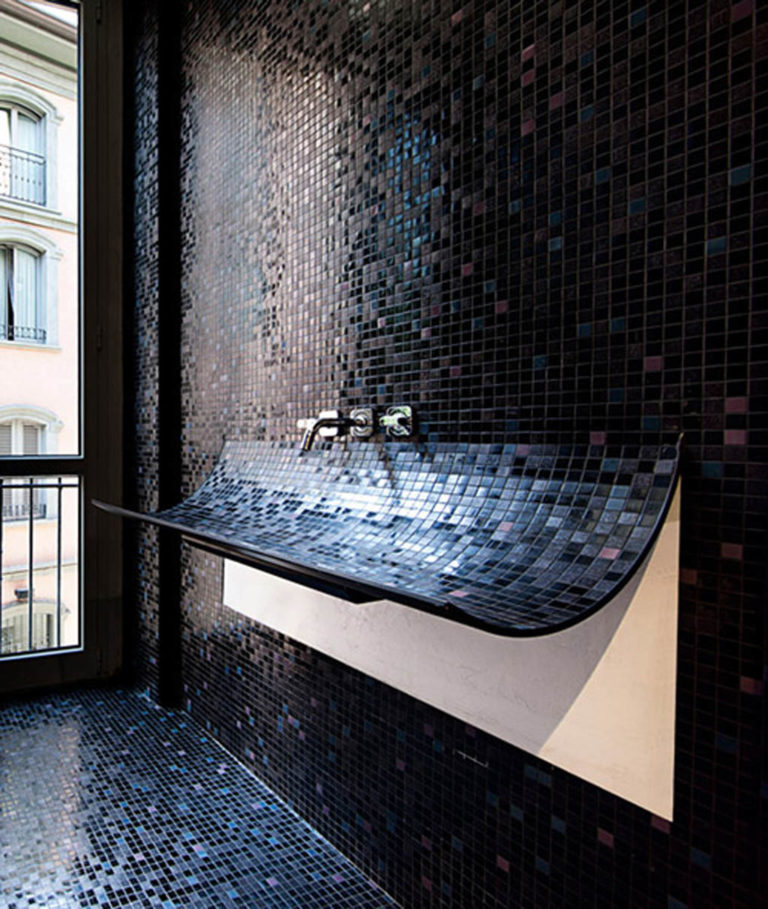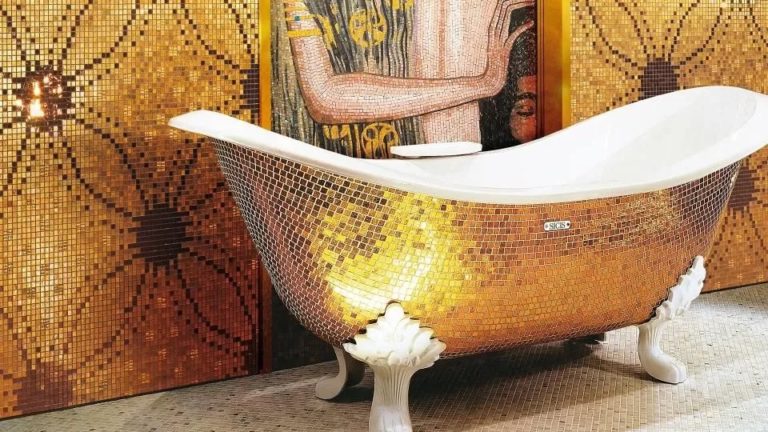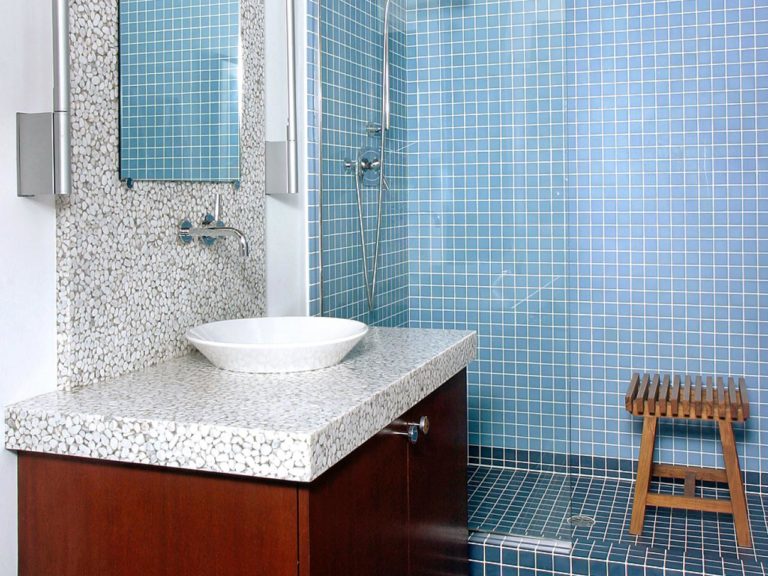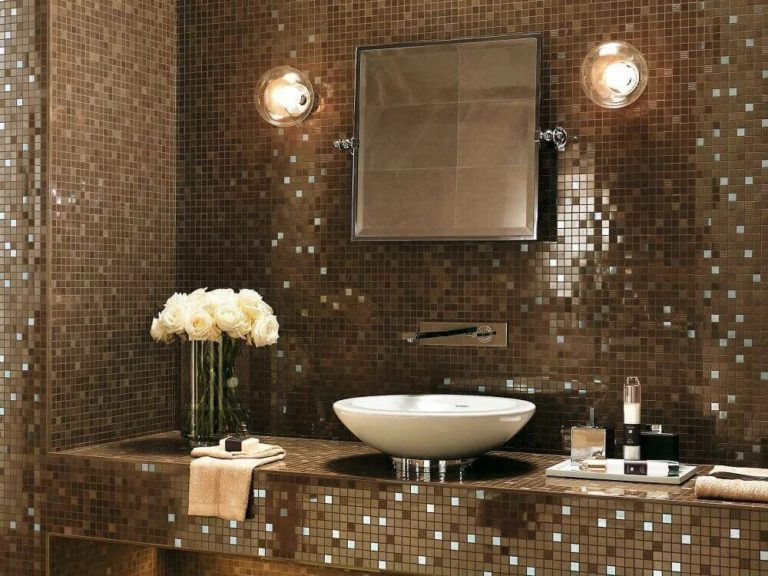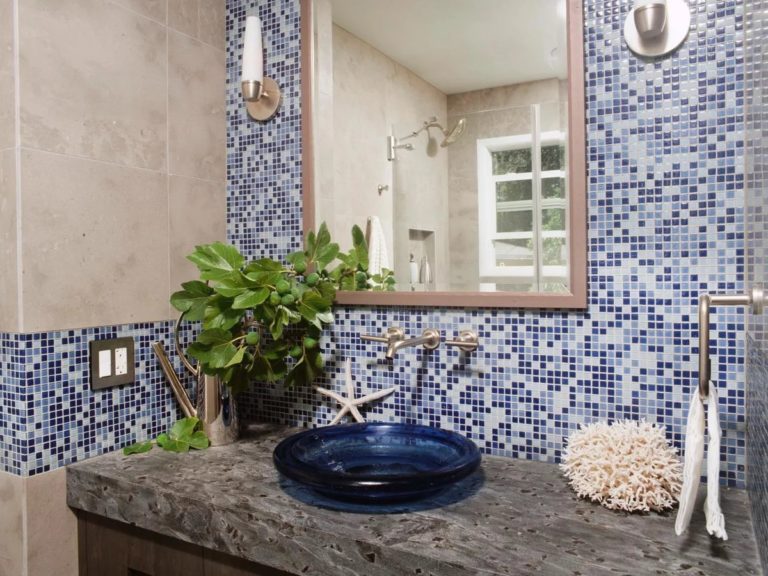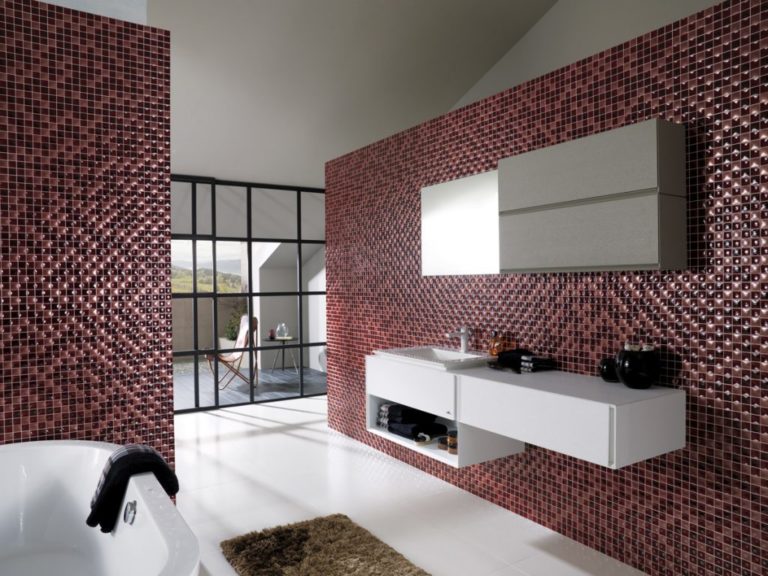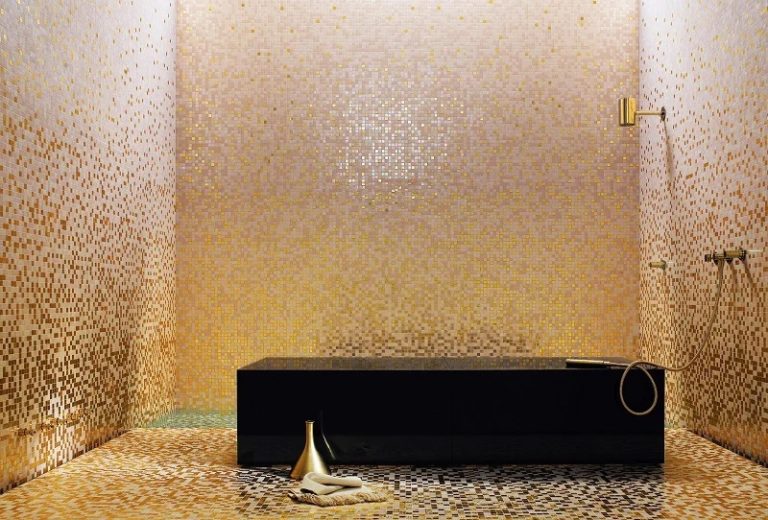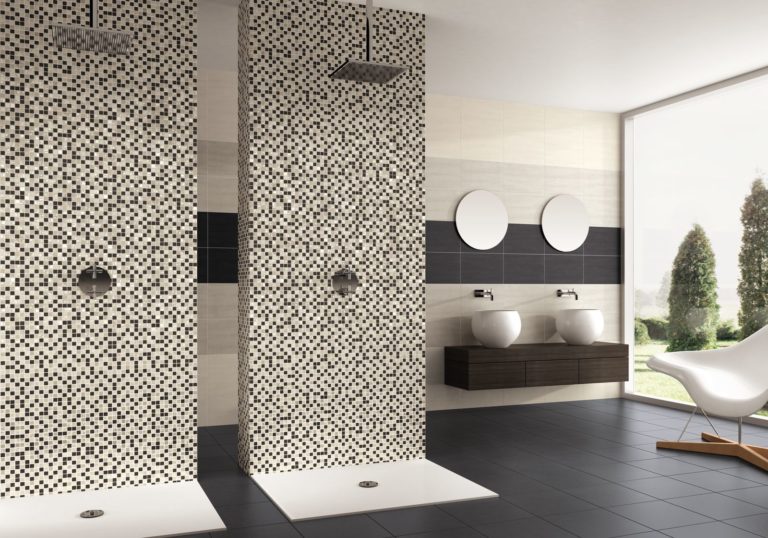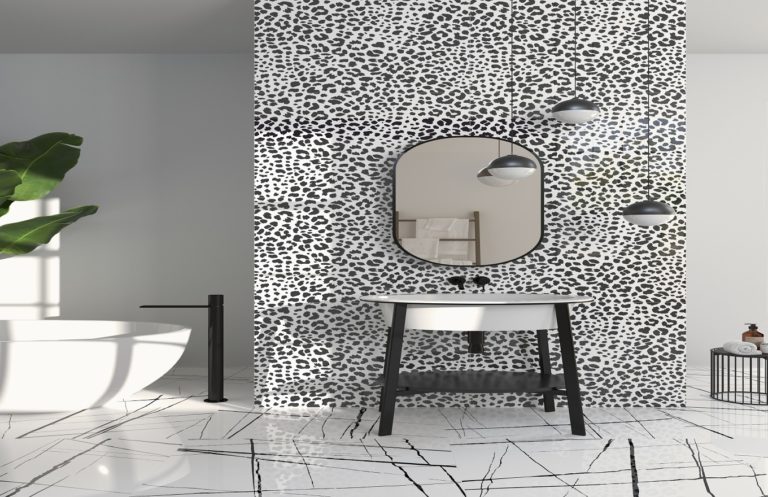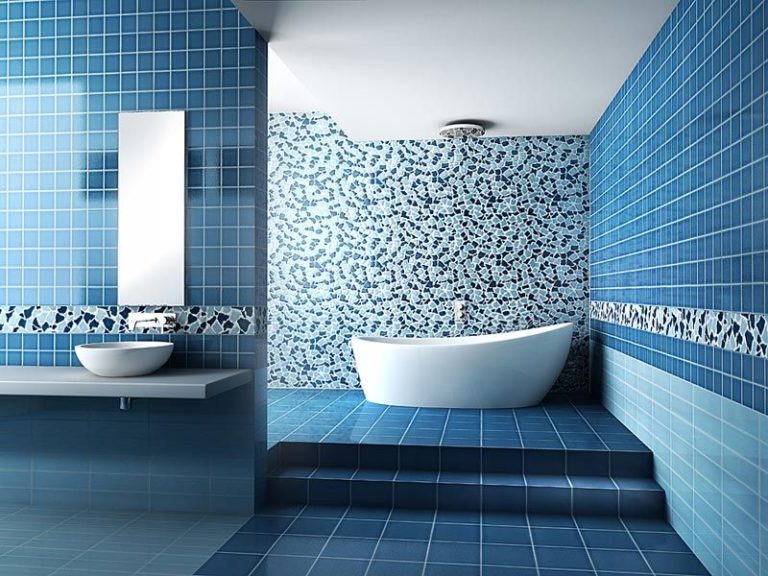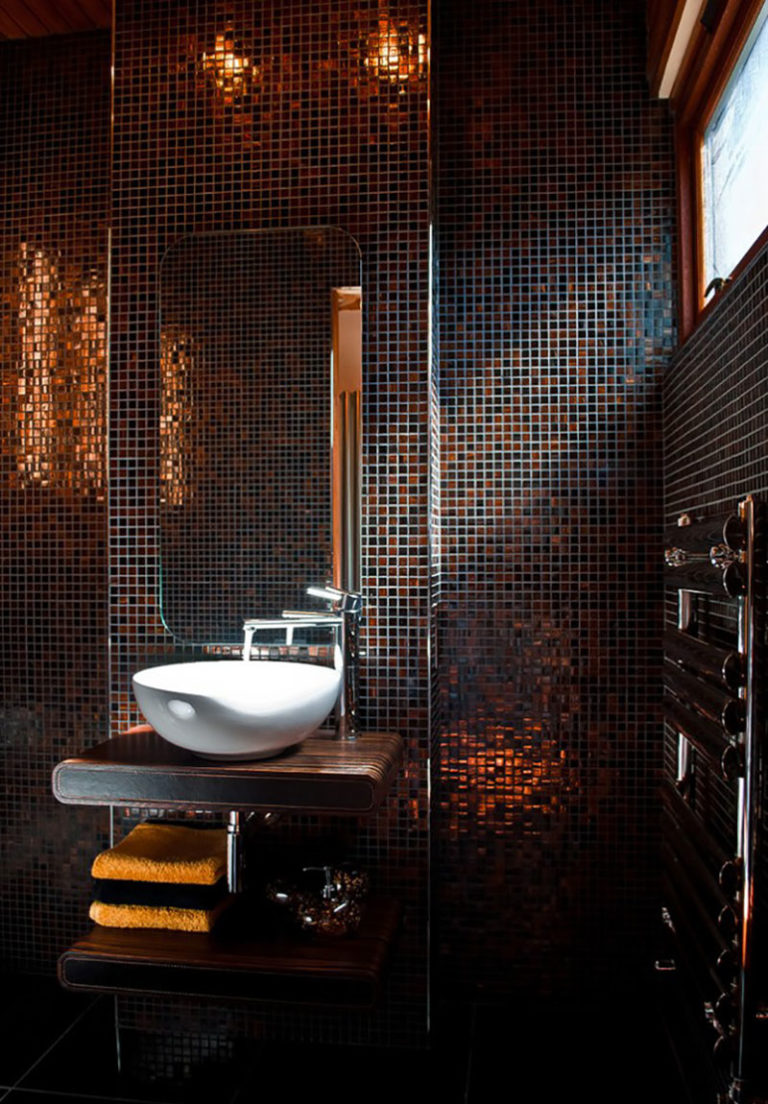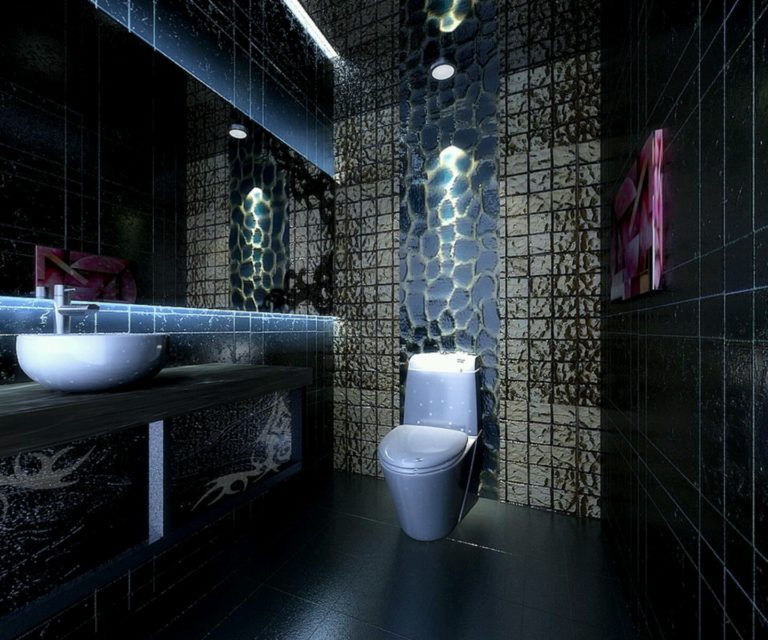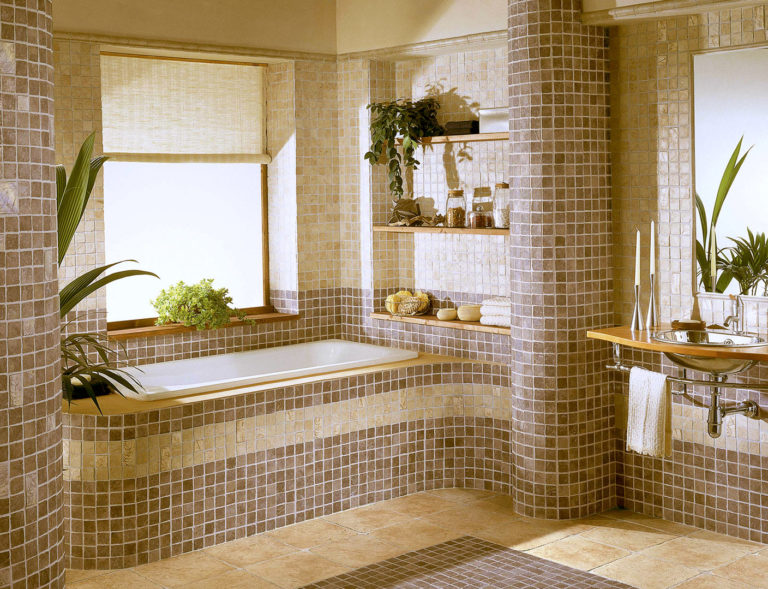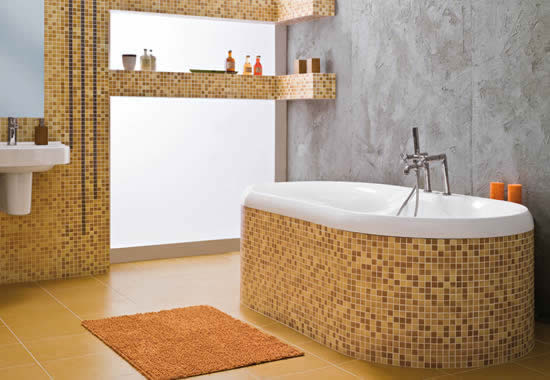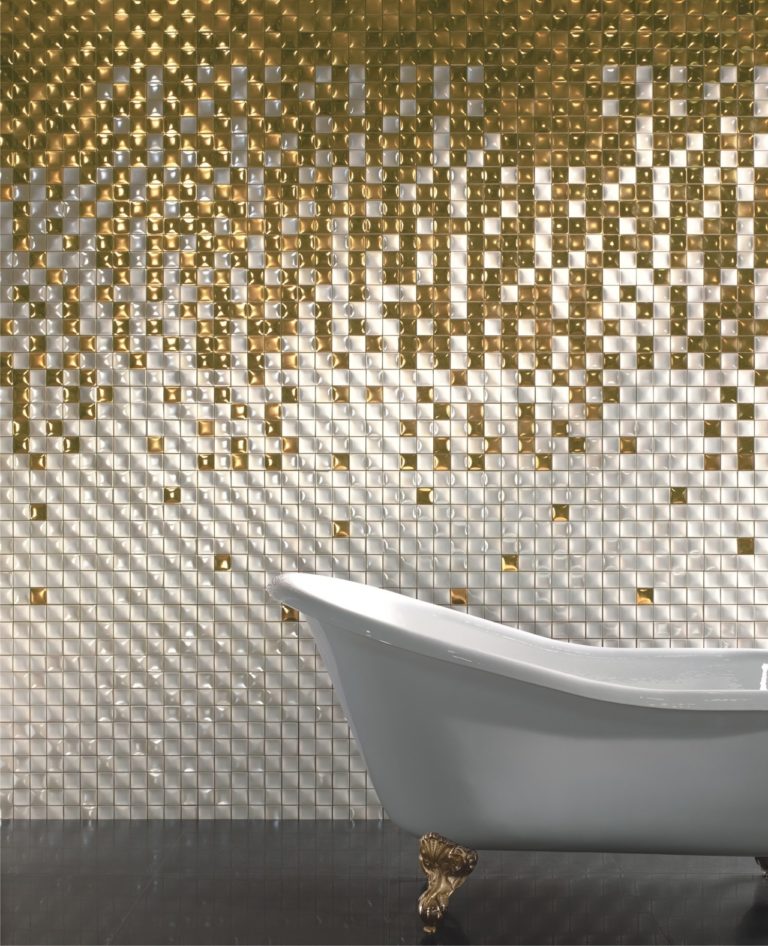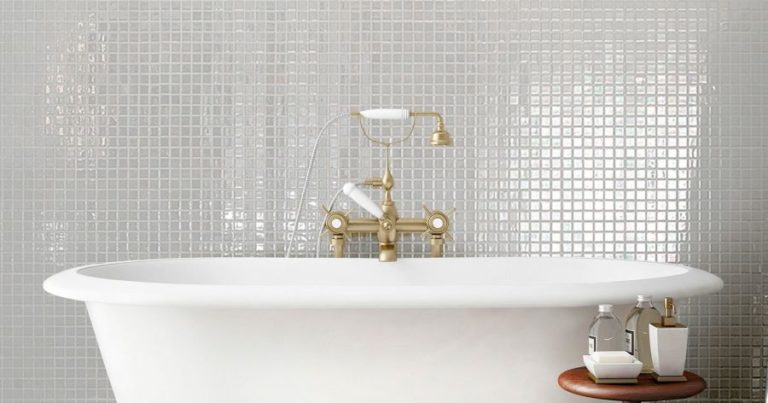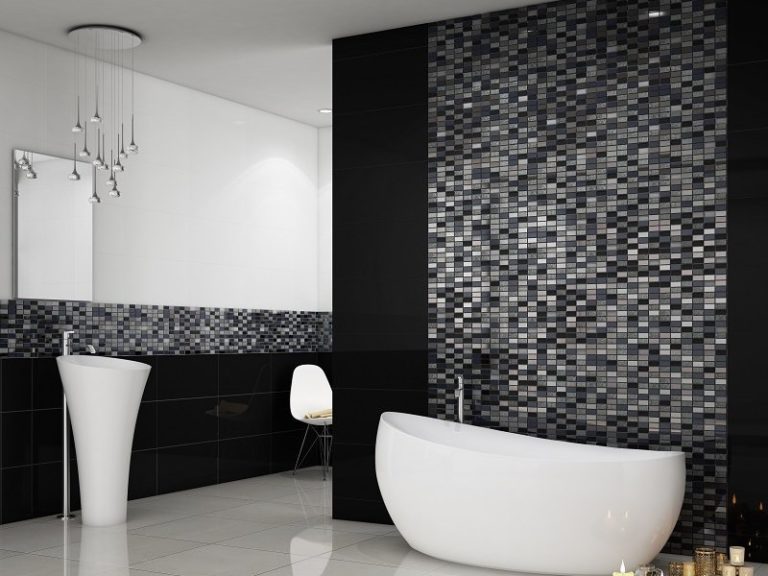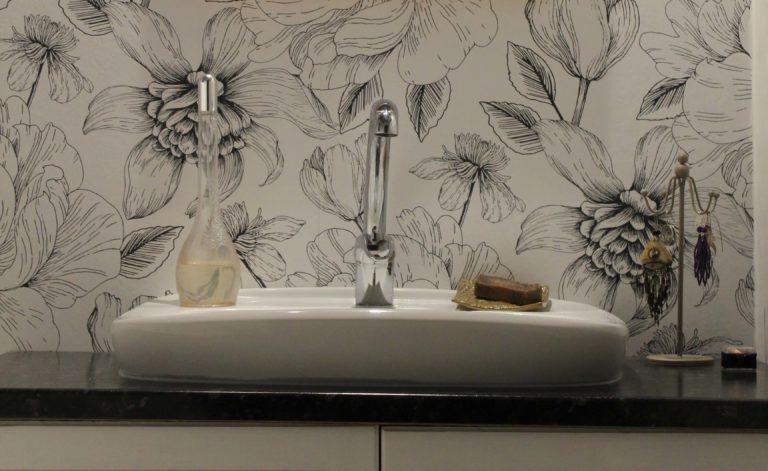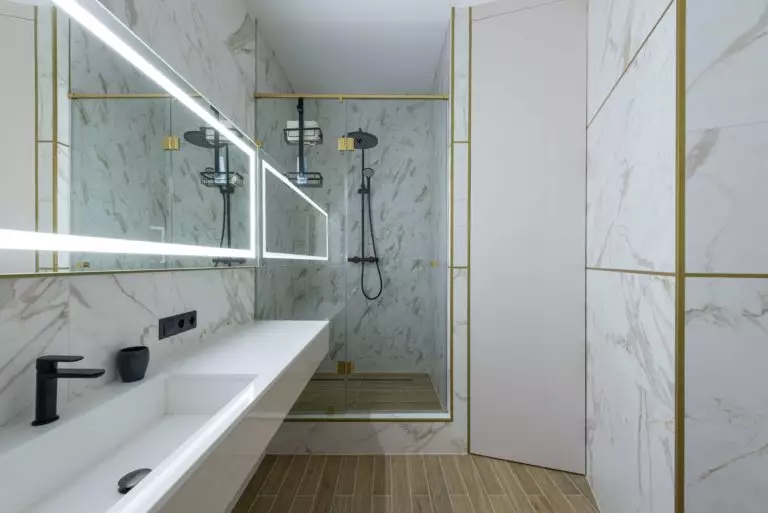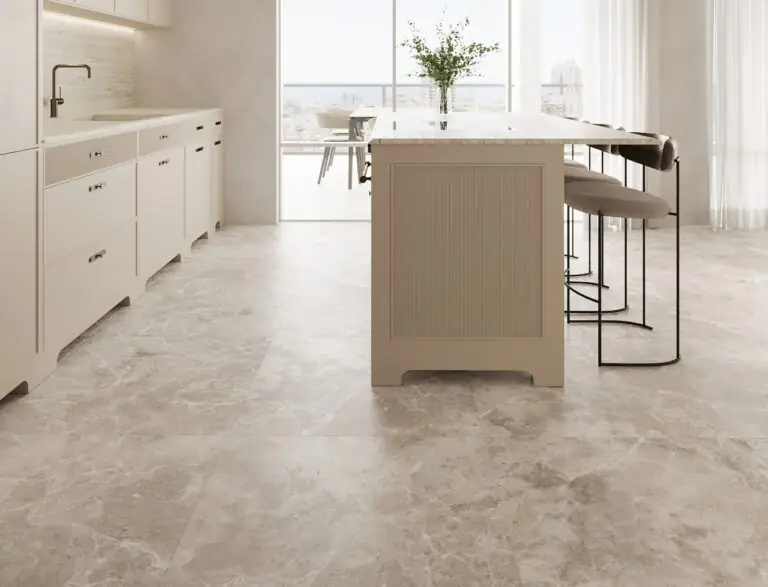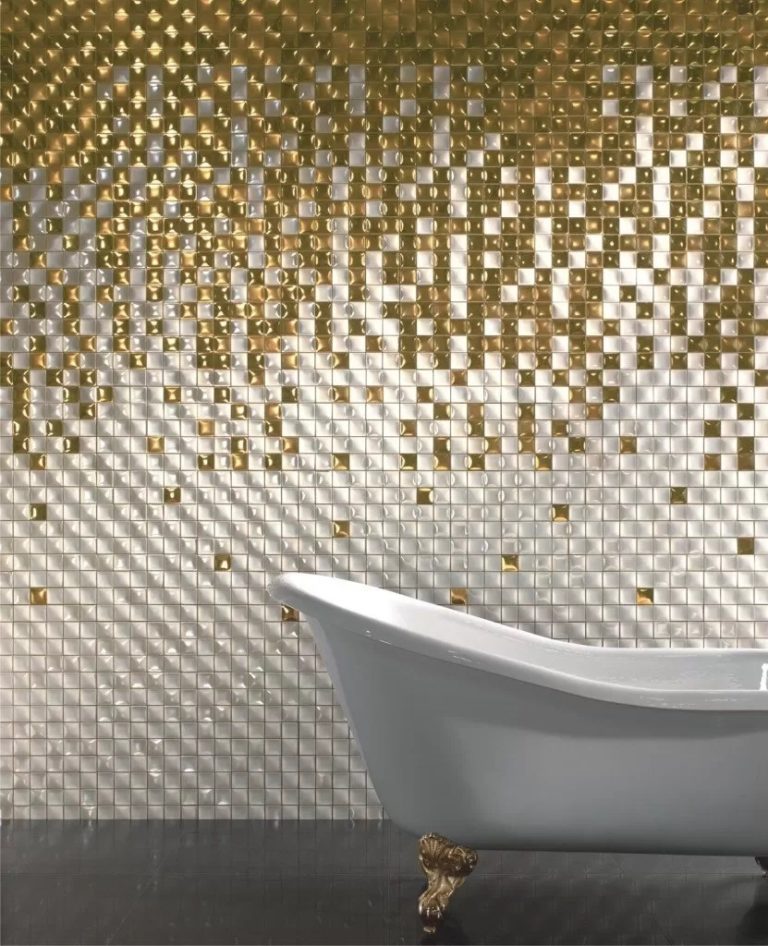
Mosaic tiles rightfully belong to the oldest of all existing cladding options. Since then, a lot of time has passed, a huge number of technologies have changed, a large number of new samples of building materials have been released. However, this type of tiles decoration does not lose relevance.
Mosaic is often used in the bathroom, the design allows you to create the most diverse style. It serves both for walls and for floors, to decorate the area around mirrors, sinks or showers.
When you start renovations in the bathroom, do not lose sight of such a detail as the correct selection of material for surface finishing. If you decide that bathroom mosaic is your choice, then carefully consider the future design of your bathroom. Small mosaic tiles will help add a touch of color to the bathroom or provide the main focus in the design. To correctly choose a mosaic for your bathroom, you need to understand what mosaic tiles are available today. And only after that choose the best option for your bathroom.
Mosaic tiles are mainly used to accent and emphasize any area of the bathroom. Often they are used as a material for framing or edging. However, you can create a mosaic design of the entire, or a specific part of the bathroom.
By their nature, mosaic tiles are small. Usually have dimensions of 20×20 mm. In addition to the standard sizes of the mosaic, small rectangular, triangular and hexagonal, diamond-shaped and figured tiles from 10 to 50 mm in size are available.
Advantages and disadvantages
Today, many prefer an alternative to the usual, standard, uniform tile, and as a building material for covering the walls they choose a mosaic. Like any other coating sample, it has advantages and disadvantages.
Advantages:
Disadvantages:
Why mosaic is suitable for the bathroom
If you still think of the selection of mosaic tiles, think about the room and how you use it. For example, in the kitchen, mosaic tiles are usually used as a backsplash. And the best choice there will be a mosaic of ceramics, glass and porcelain, because they are easy to clean.
Glass in the bathroom is a popular choice because it reflects light and can increase space. The advantage of glass mosaics is that it is not porous, therefore it does not absorb liquid. Porcelain and ceramics are also excellent options. Mosaic tiles are durable materials that are strong of moisture and temperature changes. Mosaic for the bathroom can add brightness and saturation to the room, which is in neutral colors.
How to choose a mosaic for the bathroom
Mosaic tiles come in a wide range of materials. These include: stone, ceramics, smalt, glass, metal and porcelain stoneware.
The type of material you have to choose depends on several factors. Ask yourself these questions before you start choosing on tiles:
For example, ceramic, porcelain and stone tiles are the best option for the floor due to the increased strength.
Mosaic tiles used as an emphasis on a large tile surface should have the same cleaning requirements as the surrounding material. For example, stone tiles are more likely to suffer from harsh cleaners, so if you mix them with ceramic tiles, you will need soft, non-abrasive, and non-acidic cleaners to clean the entire surface.
Mosaic floor in the bathroom
Mosaic on the floor is usually limited to frame accents or small spaces such as entrances, halls or bathrooms. Durable tiles are needed so that they can withstand movement and frequent cleaning. Ceramics and stone hold well and look very nice in small and spacious bathrooms. Most importantly, the floor should not be slippery. Remember safety in a bathroom, especially if small children and elderly people live with you. In this case, choose the safest option!
Mosaic ceiling in the bathroom
Ceiling options using mosaics are becoming increasingly popular. Mosaic can give your ceiling an elegant and unique look. Typically, tiles of a larger size are used on the ceiling, but you can add a smaller mosaic to create a decorative frame. You can also tile the entire ceiling using various decorative techniques. For example, use tiles of two colors, one of which will play an accent role.
Mosaic glass tiles will make your repair refined and bold with minimal additional costs. When choosing a tile, study the different materials and colors to find the type that will work best in your bathroom design.
Types of mosaics
Traditionally, materials for creating mosaics are natural stones, smalt, ceramics, porcelain stone and metal. The most popular mosaics are made of glass and ceramics, due to the fact that they are durable and have excellent technical characteristics. They have an affordable cost and a great offer from manufacturers of tiles.
A separate topic is the high artistic potential that opens to the owners of bathroom spaces. It is, first of all, about the variety of color, solutions, sizes, shapes and configurations. In creating floor compositions, stone tiles are most often used. The function of metal tiles is mainly to expand the expressiveness of mosaic works. As a rule, facade finishes are assigned to porcelain tile.
Mosaics made of smalt and other types of decorative glasses are also present in ornamental compositions. Thanks to their enormous artistic potential in the interior, the creation of any arbitrary panels is possible – whether it is patterned or simple drawings. However, the main decorative material used in creating the classic interior panels is smalt. And here everything is limited only by your imagination.
Glass mosaic
Glass mosaic is used not only in the interior of the bathroom, but also in rooms of other purposes. It is considered one of the oldest materials. Previously, it was almost unavailable due to the high cost.
According to external data and the composition of the tile, it almost corresponds to ordinary glass. The difference is increased strength. All ingredients are combined by incandescent to enormous temperatures – 1500 C. Then the molten mass is distributed in special forms. A high degree of strength is ensured by a unique technology of firing at high temperatures. For a wide variety of colors, metal oxides are mixed into the composition.
Ceramic mosaic
The most widely used option. This is an analogue of standard ceramic tiles of reduced size. The surface can be smooth, rough, have abrasions, and inserts of other colors. It happens in different forms, the most demanded squares.
Benefits:
Smalt mosaic
This type of product is made by pressing multi-colored glass and dyes. There are exotic colors – gold, turquoise, blue, or classic – white, black, yellow, gray, beige, etc. The resulting mass is “burned” at high temperatures.
Advantages:
Minuses:
Natural stone mosaic
We can say that this is a budget option, with the exception of marble. Everyone has a chance to use even pebbles collected by their own hands on any accessible coast. It is made from different breeds of stones. As a result of various forms and types of processing, elements of incredible, irregular shapes are obtained. The stone can be polished, sanded, cut.
Benefits:
Thanks to the fine details of the mosaic, you can create the most diverse, structural landscapes and panels. The principle of working with it resembles puzzles. A certain pattern or ornament is laid out from tiles in the same way. There are two main ways to lay out tiles:
Some use ready-made designs and patterns, while someone designs, develops an individual ornament on their own. Laying is possible without observing a certain pattern.
In the bathroom, mosaic frames are often used – for mirrors, shelves, other objects. The layout in the form of a “rug” near the bathtub looks very non-standard and stylish. Niches and shelves decorated in this way will look very gorgeous. In large bathrooms are created whole paintings depicting flowing waterfalls, bubbling rivers, animals, dolphins, and other paintings. It may just be a symbolic pattern or ornament.
For the bathroom, certain tones of blue, turquoise are most characteristic. They symbolize the expanses of water, sea waves.
Basic masonry options
Surface flexibility
The decor of curved, convex, or concave surfaces has some specifics, unlike the decor of a flat surface.
On the flexible base, the facing material is laid out in the right order. If such a mosaic is intended for the decor of a pool or bath, choose glass or ceramic types. The use of such tiles for the surface of the bath is the most difficult and time-consuming job due to the small area and smooth, rounded shapes.
Start tile laying from flat areas. After finishing on a flat surface, you can go to the bends and curves. Corner surfaces are laid out from the top of the corner to the sides.
In working with various irregularities, rounding, corners, you can not do without a tool that will divide the tiles into parts. This is a grinder with which you can divide the whole product and grind sharp edges.
The calculation of the curves will take a huge amount of time and measurements, fitting. All cuttings of any diameter and shape are useful here.
Finishing of small surfaces
Small areas are more difficult to lay out with mosaics. All inaccuracies in the work will be immediately visible. Be sure to level the surface before starting work. It is better to start laying out the tiles from the center to the edges. Pay particular attention to the front rows. Do not rush to the edges, carefully measure, look for, or cut out suitable pieces.
What to look for when choosing a mosaic
Be sure to consider where you will use this material. For the floor, the mosaic is marked with a footprint icon. It is stronger and does not slip. Make sure that the lining material is resistant with household chemicals. Focus on quality. Mosaic has several varieties. Calculate the amount of material needed. It depends on the size of the surface that you will decorate.
Bellow you will find a bunch of photos for inspiration. Enjoy!
